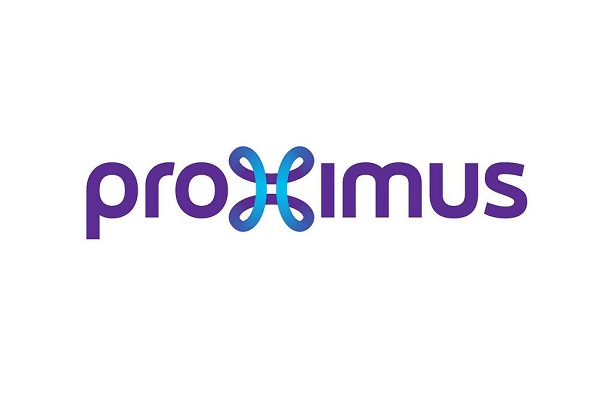Proximus has demonstrated speeds of 1.1GBps on its live mobile network through a trial of quad-band carrier aggregation with Huawei, who also provided an update on its progress towards 5G.
The Belgian operator used the China-based vendor’s LTE Advanced Pro platform for the demo, which combined 60MHz of spectrum across the 800MHz, 1800MHz, 2.1GHz and 2.6GHz bands.
Huawei said the trial was the first step for Proximus to launch a 1GBps network, although it noted further build out of its network would be needed.
Geert Standaert, Chief Technology Officer at Proximus said: “At Proximus, we believe the abundance of applications will require higher network performance in terms of speed, latency, and number of simultaneous connections. Just look at all the applications in advanced telemedicine, connected cars, or the all-pervasive media. In a world where everything will be connected, we want to continue offering the best mobile user experience, and we are delighted with the successful testing of 4.5G technology with our partner Huawei.”
[Video – Small cells play a crucial role in customer experience, claims Proximus CTO]
Meanwhile, Huawei said it has completed the first phase of 5G technology trials as defined by the International Telecommunications Union’s IMT 2020 project.
A new air interface was trialled at the outdoor macro network tests in Chengdu, China. It used a combination of filtered Orthogonal Frequency Division Multiplexing (F-OFDM), Sparse Code Multiple Access (SCMA) and Polar code, which is a more efficient means of coding.
F-OFDM allows operators to benefit from a flexible air interface, which provides 100 percent higher system throughput compared to LTE.
SCMA supports massive connections and throughput simultaneously via optimisation and multi-dimensional modulation.
Huawei used the air interface technology to conduct a massive MIMO test, supporting up to 24 users across 24 parallel layers of transmission on the same frequency. The vendor said the tests hit an average of 3.6GBps cell throughput using 100MHz of spectrum.



